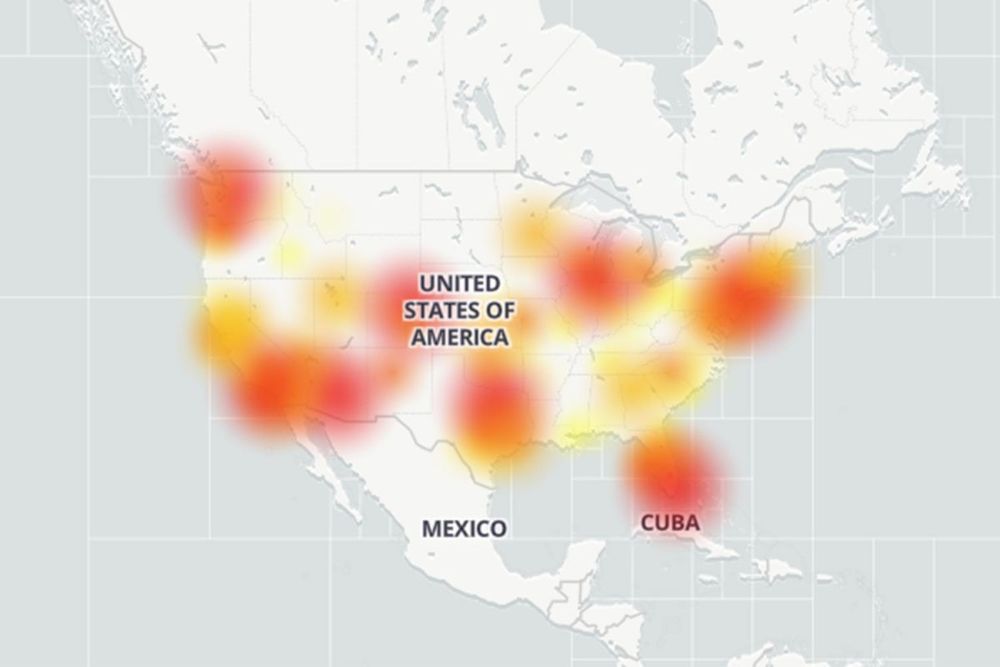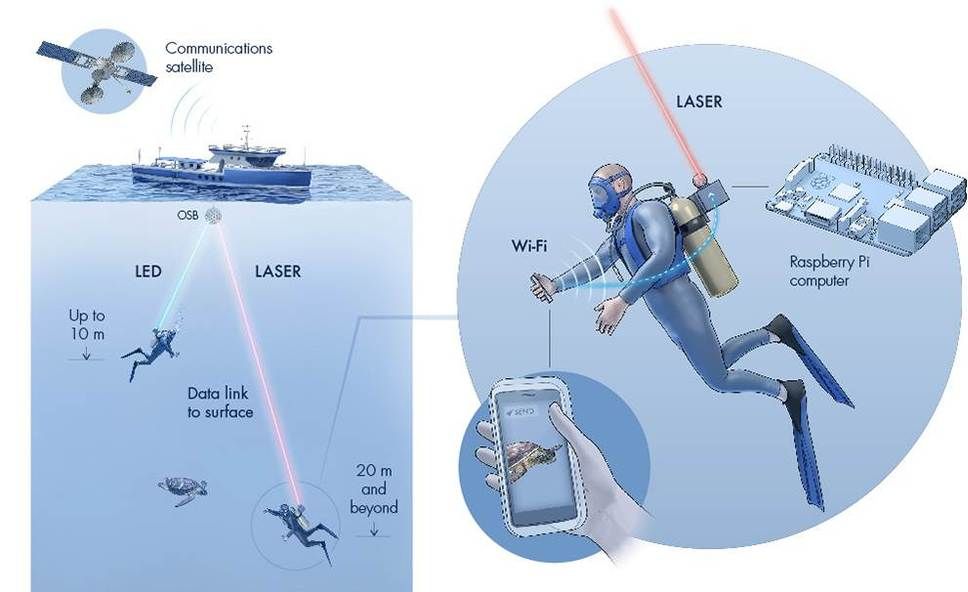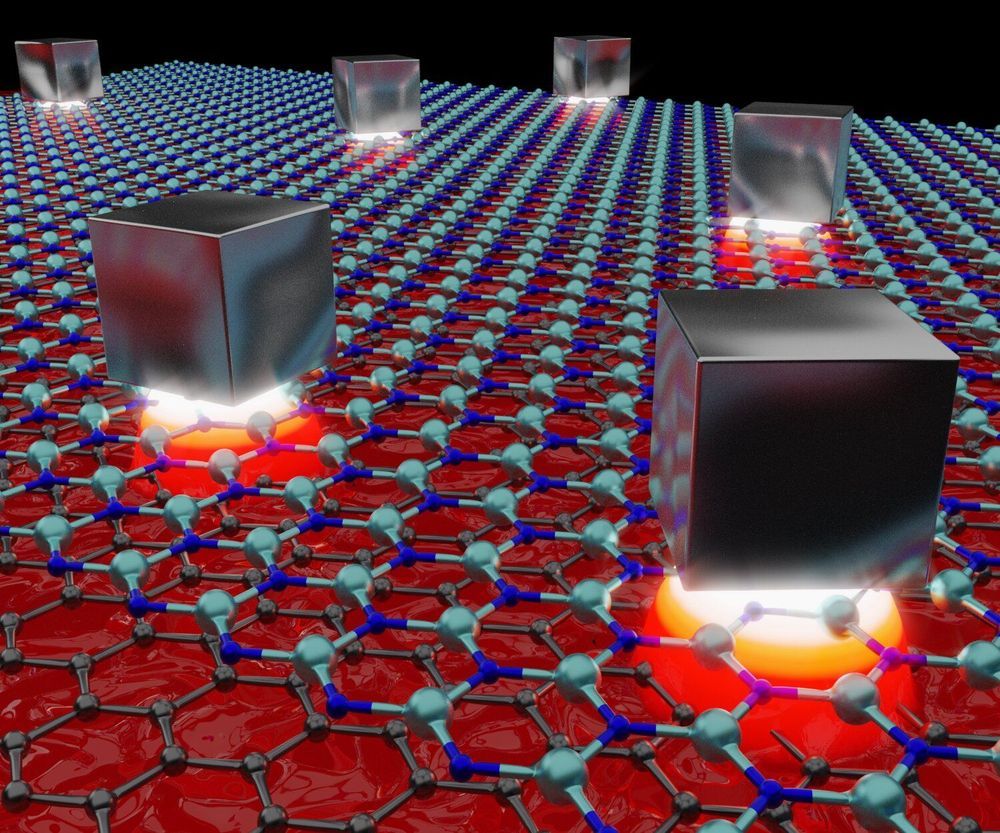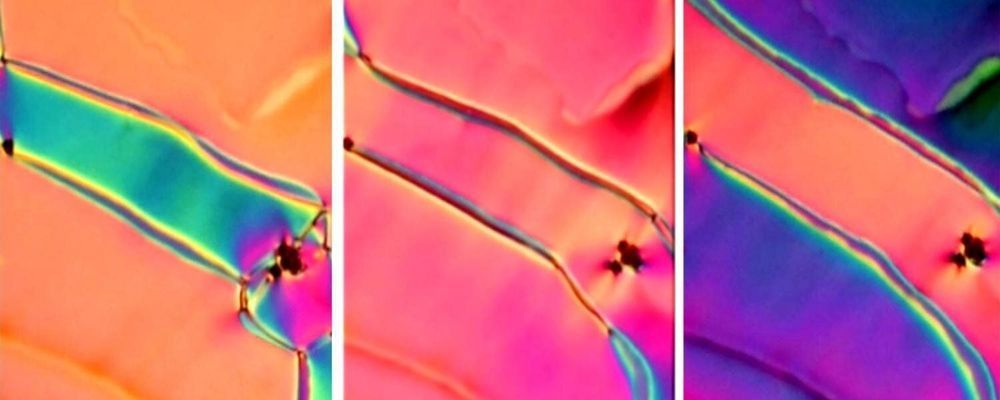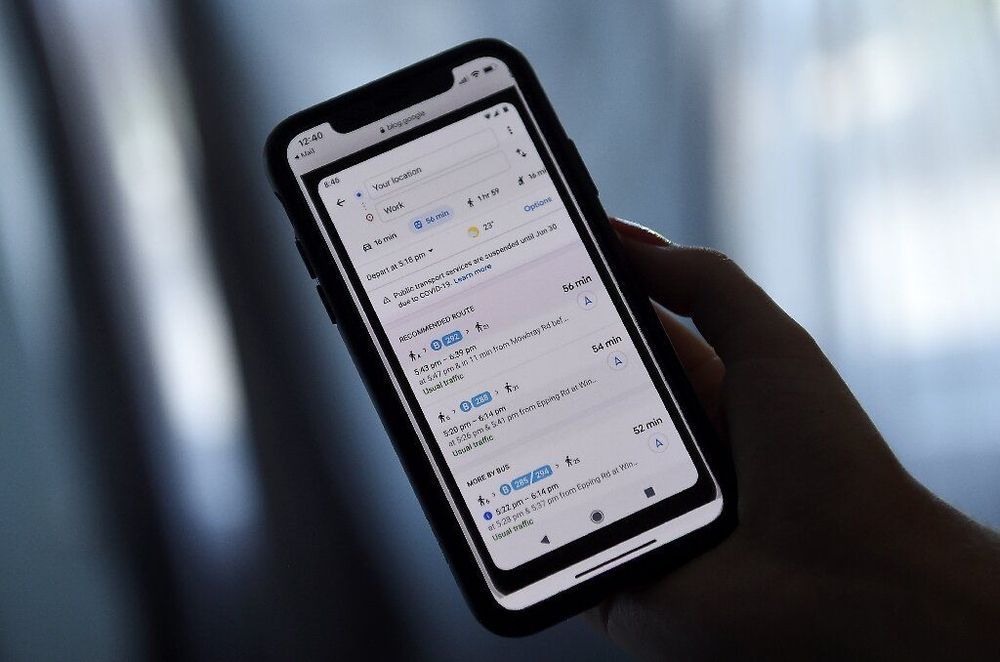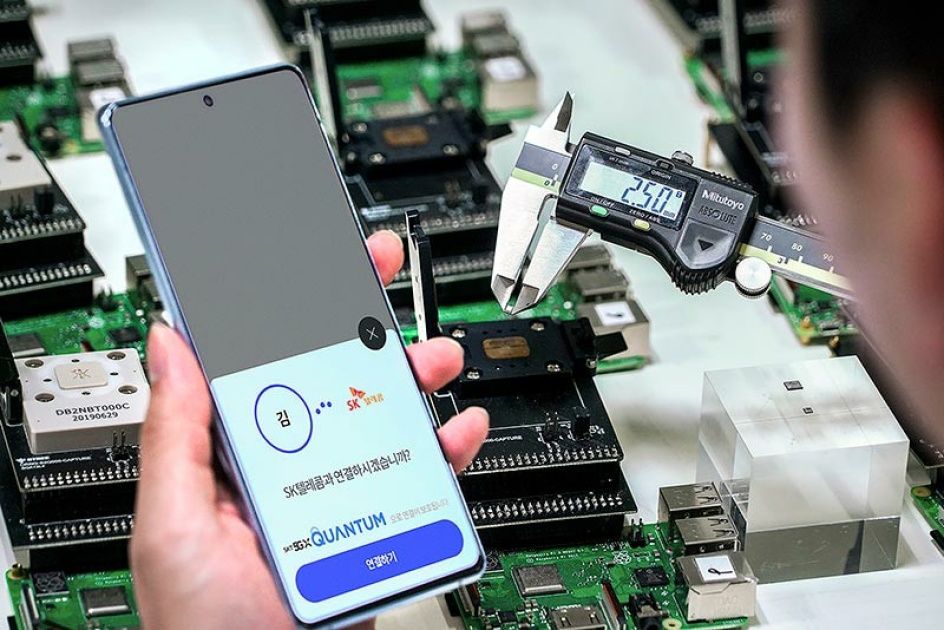Jun 18, 2020
Android 11 Beta, Google Play Asset Delivery, Firebase Crashlytics SDK, & much more!
Posted by Quinn Sena in category: mobile phones
TL;DR 206 | The Google Developer News Show
0:00 Android 11 Beta → https://goo.gle/3fzChBS
0:24 Introducing Google Play Asset Delivery → https://goo.gle/30R2pEn
0:47 Firebase Crashlytics SDK now publicly available → https://goo.gle/30SQxS8
1:05 Filestore now supports high performance → https://goo.gle/2YchJtr
1:33 New features from Google Maps Platform → https://goo.gle/3hCoRHd
1:53 Custom Cloud Monitoring dashboards → https://goo.gle/2AKHmsq
2:15 Introducing table-level access controls in BigQuery → https://goo.gle/3fzMcaJ
2:39 Introducing cross-region replica for Cloud SQL → https://goo.gle/2Bj9p1Q
2:49 Announcing sound null safety for Dart → https://goo.gle/2UTnEBr
Here to bring you the latest developer news from across Google is Developer Advocate Timothy Jordan. Tune in every week for a new episode, and let us know what you think of the latest announcements in the comments below! 😃



